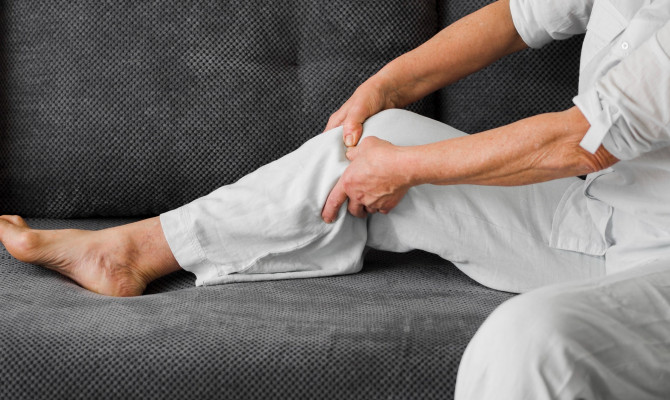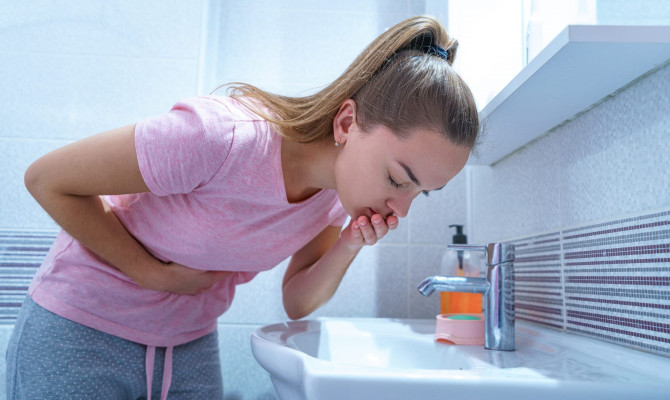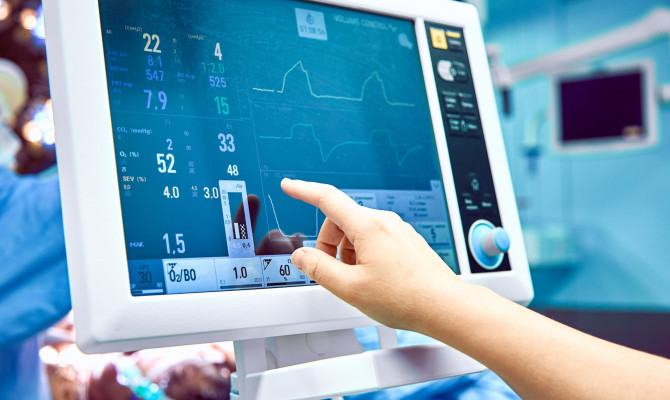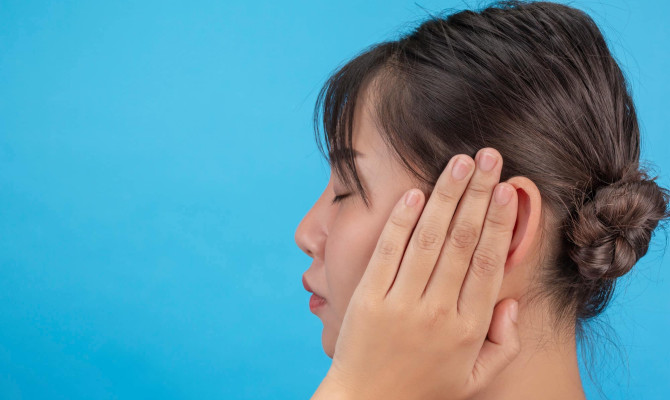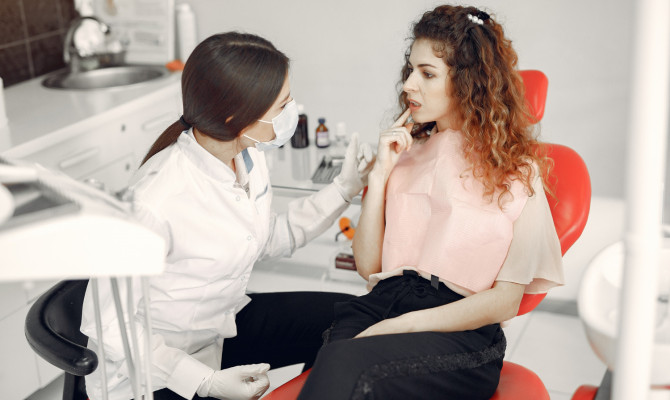Amebiasis: Complication and Management

- Amebiasis
- 14 Aug 2023
Overview
What is amebiasis?
Amebiasis is an intestinal disease which causes diarrhea (frequent passing of watery stool) and colon (large intestine) inflammation.
Facts of amebiasis
- The disease is common among people living with the poor hygienic condition.
- Amebiasis (amebic dysentery) is caused by a parasitic protozoan (single-cell eukaryote) known as Entamoeba histolytica.
- The parasite lives in the human intestine of the affected individual and can be discarded in the stool.
- Amebiasis, if not treated, causes severe diseases in individuals, such as liver and brain abscesses and can even prove fatal.

Life Cycle
Life cycle of Entamoeba histolytica
E. histolytica life cycle has the following stages:
Cyst stage
- Infection occurs by mature cysts ingestion through contaminated food and water.
- Cysts (having a wall around them) can survive for several weeks and are responsible for disease transmission.
Excystation stage
- Here, cysts transform into trophozoites.
- Trophozoites travel from the small intestine to the large intestine.
Trophozoite stage
- Trophozoites are a unicellular parasite that multiplies in the small intestine to produce cysts which can be removed through human stool.
- Several trophozoites remain inside the small intestine and can enter into the bloodstream to cause infection in other regions of the host like the liver, brain and lungs.
Symptoms
What are the Symptoms ?
Most people infected with Entamoeba histolytica do not show symptoms as in the ingested contaminated food; the parasite remains in the cyst stage and passes out from the body as a cyst in the stool.
However, symptoms develop around 7 to 21 days after cyst ingestion if the cyst does not come out in the stool. They are-
- Diarrhea (watery stool)
- Stomach pain
- Stomach gas (flatulence)
- Nausea and vomiting
- Fever
- Stool may pass mucus and blood
- Colitis ( colon infection)
- Fatigue
- Anemia
- Weight loss
Chronic amebic infection symptoms
- Non dysenteric diarrhea(a large amount of watery stool without blood)
- Stomach gas
- abdominal pain,
- Decrease in weight
- Lesions in the colon and caecum(first part of the large intestine)
If trophozoites (of Entamoeba histolytica) invade other body organs, symptoms are-
- Serious Infection
- Liver and brain abscesses
- Extreme ill health and
- Finally death
Contamination
Ways of contamination
The infected people can pass out the parasite’s cyst in the stool. The parasite lives in soil and water for several months. If a healthy person drinks or eats the infected water or food containing the cystic form of the parasite (Entamoeba histolytica), they also get infected.
- Direct contact with human stool
- Food preparation by contaminated hands of food makers
- Transmission of the parasite is possible during oral-anal sex
- Poor sanitary practices
- Travelling to places of amebiasis outbreak areas
- Carriers of the infection, such as rodents, flies, and cockroaches, can transmit the disease 1Ways of contamination | Researched based study from Nlm.nih.gov .
Diagnosis
Diagnosis of Amebiasis
Microscopic Studies
- Three stool samples of different days are examined for the Entamoeba histolytica parasite with a microscope.
Stool antigen detection
- Performed to see Entamoeba histolytica protein in the stool sample
Blood Test
- For anemia detection in patients
Colonoscopy
- In case of bloody stool, to confirm colon inflammation due to parasite
Serum antibody test
- ELISA-To check if person is freshly infected , to test anti-lectin IgG (produce after 7 days of infection), and analysis of antibodies against E. histolytica (seen in first week of amebic colitis)
- Enzyme Immunoassay- this test is used when parasites are not seen in the stool samples.
- IHA(Indirect hemagglutination)-it is done when antibodies are undetectable in suspected patients with liver abscess PCR or quantitative PCR of liver pus samples or stool samples while evaluating E.histolytica DNA.
Liver Function test
- To ensure normal functioning of liver
- Scan the liver for probable liver abscess 2Diagnosis | Researched based study from journal.asm.org
Complications
Complication associated with Amebiasis
- Amebic liver abscess (pus in the liver)
- Spreading to heart tissue viz; pleura or pericardium
- Spread to the brain causing brain swelling
- Rupture of Intraperitoneal(within the cavity containing abdominal organ), intrathoracic(within the thorax), or intrapericardial(within the sac-like structure surrounding the heart), along with or without secondary bacterial disease
- Amoebic colitis
- Recto vaginal fistula(connection occurring due to the disease between rectum and vagina)
- Ameboma (colonic sore)
- Fulminant colitis (extreme colonic cell death)
- Toxic megacolon(inflammation spreading to inner layers of the colon)
Other complications
- Peritonitis(abdominal tissue inflammation)
- Empyema(pus accumulation between the chest wall and lung)
- Gastrointestinal(digestive tract) bleeding
- Bowel(alimentary canal beneath stomach) puncture
- Intussusception(intestinal folding which obstructs digested food from moving down through the intestine)
- Stricture(abnormal constriction in body passage) formation
- Pericarditis (swelling of the sac-like tissue surrounding the heart)
Treatment
Treatment of Amebiasis
Symptomatic patient’s treatment
- Metronidazole drug (antibiotic) followed by paromomycin or diloxanide (to eliminate cysts) as prescribed.
- Tinidazole drug (for both intestinal and invasive amebiasis)
- Nitroimidazoles(for amoebic colitis)
- Broad-spectrum antibiotics are prescribed for gastrointestinal tract perforated patients.
- Doctors may prescribe medicines to treat nausea and vomiting
- Surgery may be performed to treat perforated colon disease
- Patients get dehydrated due to watery stool, so patients are advised to take enough water or oral rehydration fluids
- Severely dehydrated patients need immediate hospitalization to give fluids intravenously
- A huge amoebic liver abscess that cannot be treated with antibiotics may require surgery to drain out the pus
- Liver aspiration is recommended if bumps are more significant than 12 cm and a bump in the left lobe may burst.
Asymptomatic patient’s treatment
- Asymptomatic patients in amebiasis non-prevalent areas may be treated with drugs to shed off the cysts through stool. drugs like Diloxanide furoate, Iodoquinol, and Paromomycin are widely prescribed.
- After treatment is completed, testing of the stool sample is advised to ensure clearance of the E. histolytica parasite.
- If test results show the presence of the E. histolytica parasite in the stool, amebiasis must be treated regardless of the patient’s symptoms.
In addition to a general physician, a patient may approach the following experts for treatment.
- Infectious disease specialist
- Gastroenterologist
- Surgeons, if a patient develops fuminant colitis
- Dermatologists (in some cases)
Home Remedies
What are the Home Remedies ?
Administration of a few house hold substances can provide relief, though it cannot be replaced with medical treatment, are:
Add good bacteria by consuming
- Butter milk
- Curd/Yogurt
Reduce pain and inflammation
- Apply a paste of turmeric and neem leaves with mustard oil.
Remove toxins from the gut
- Consume Herbal tea
- Consume Black Tea
Maintain Hydration
- Increase fluid intake.
- Drink coconut water.
Aid in digestion, taking
- Nutmeg powder
- Psyllium Husk
- Apple cider vinegar
Prevention
Prevention of amebiasis
- Maintaining proper hygiene
- Use of appropriate sanitary toilets
- Thorough washing of hands after defecation
- Adequate washing with soap- water before doing any kitchen work
- Careful washing of vegetables and fruits after bringing them from the market
- Washing and Peeling fruits before consuming
- Use only correctly boiled water filtered and disinfected with iodine tablets or chlorine dioxide for drinking.
- Unpasteurized dairy products, viz; milk, cheese should be avoided
- Eating street vendor’s food should be avoided
- Drinking water from fountains should be avoided
- Eating peeled fruits and vegetables sold openly in the market should be avoided.
- Eating balanced food can prevent the disease occurrence
- Food and drink should be well covered and protected from parasite-carrying flies and cockroaches
- Health and hygiene-related education should be imparted in general public areas about the dos and don’ts of the disease
- Community preventive measures such as correct fecal disposal should be implemented in amebiasis outbreak areas
- Doctors should do rapid diagnosis and treatment to prevent mass infection
- Surveillance programs should be imposed in endemic regions to avoid using water from contaminated public sites and prevent the further spreading of the infection
Any feedback on this article?
 This Articles content was accurate
This Articles content was accurate Very Informative Article
Very Informative Article I have a question or a comment
I have a question or a comment
 This article contains inaccurate content
This article contains inaccurate content This article was not helpful
This article was not helpful I have a question or a comment
I have a question or a comment
We appreciate your helpful feedback!
Checkout our social pages
References
-
National library of Medicine
Amebiasis | ways of contamination
-
American Society for Microbiology Journals
Laboratory Diagnosis of Amebiasis | Diagnosis














